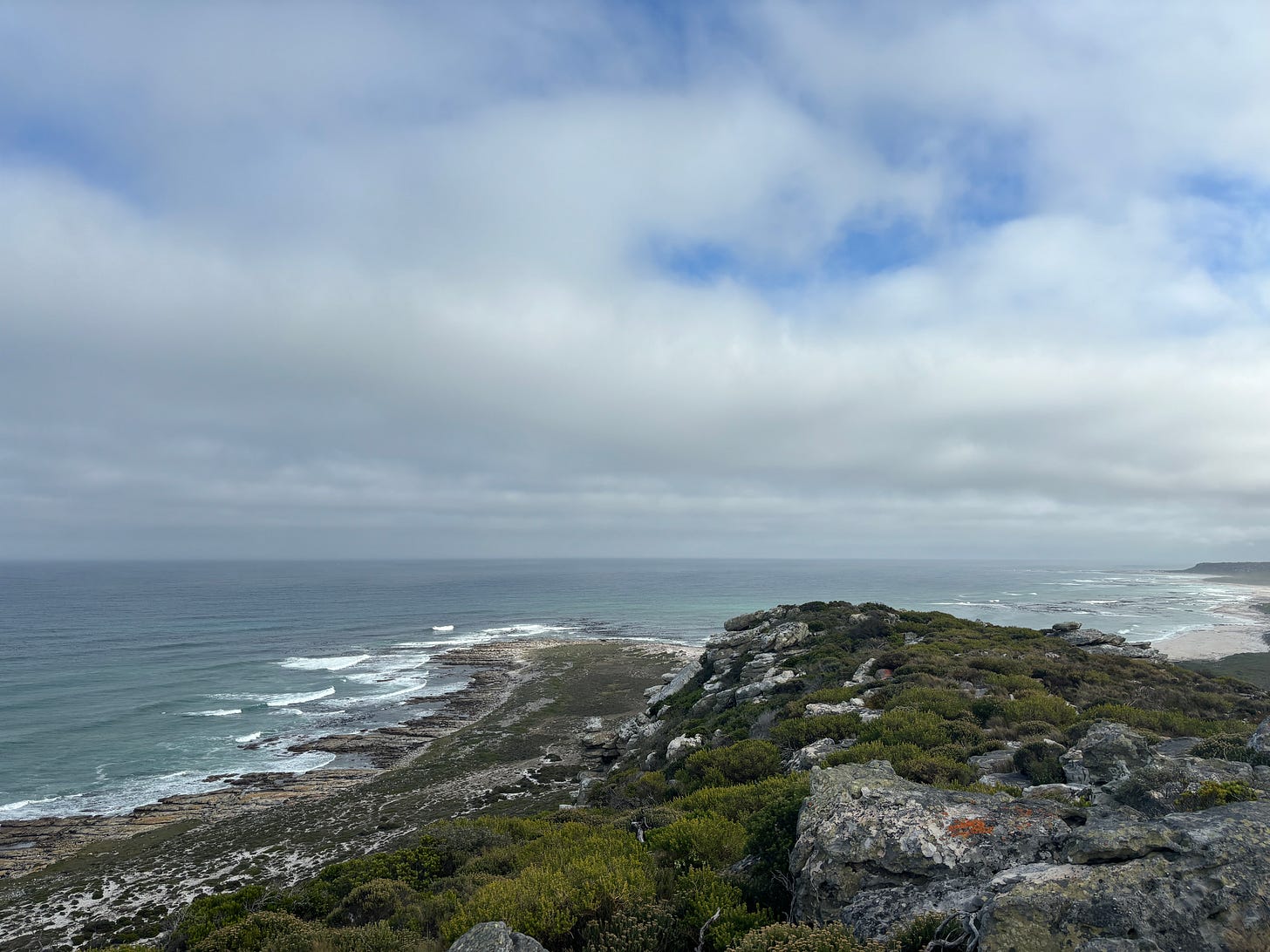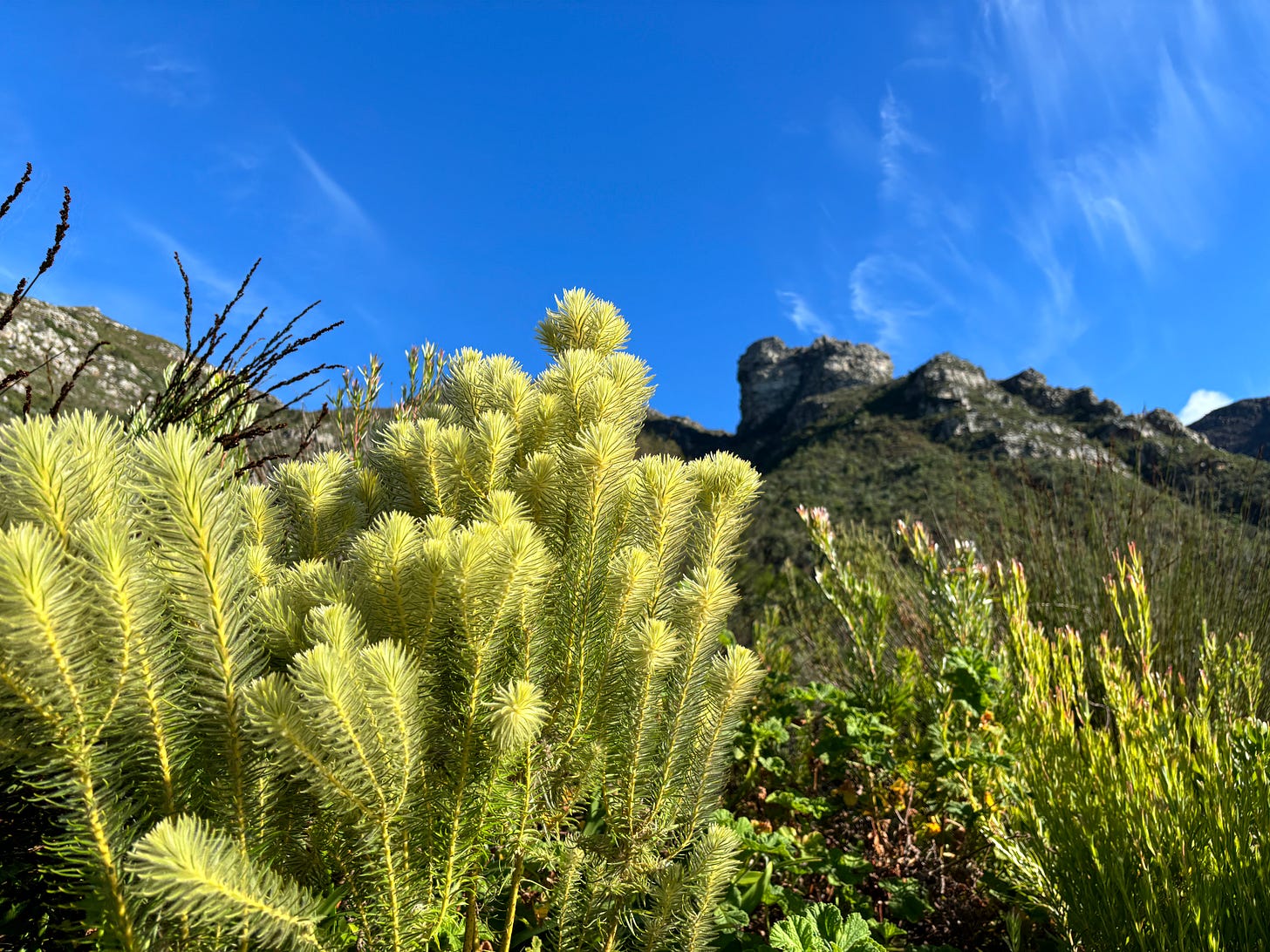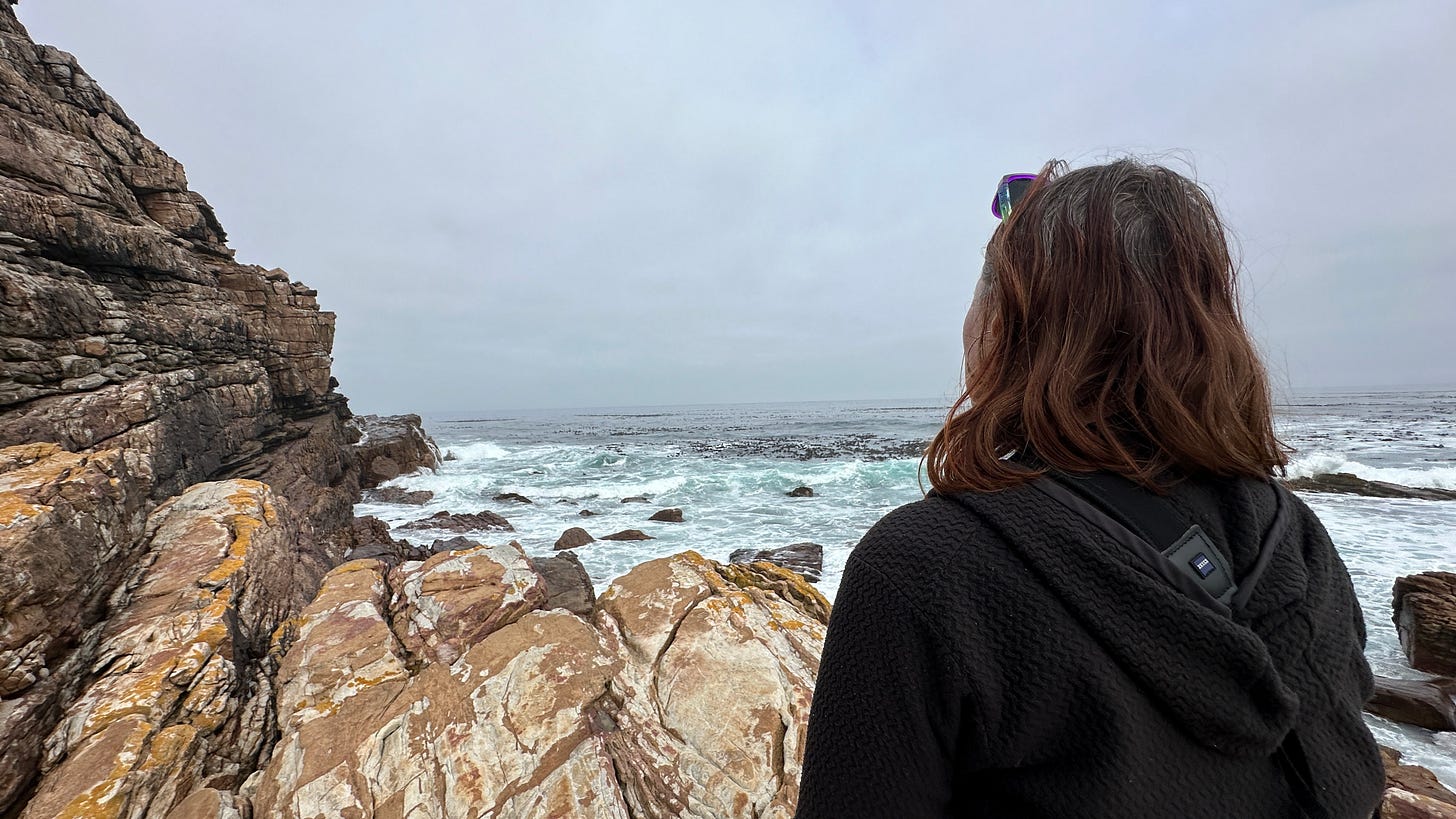My knees are tucked against my chest. I’m hunkered beneath a giant sage, hiding from the constant wind. I’ve already searched the shrub for sleeping snakes. The dirt beneath my tennis shoes is compacted, desiccated into cracked plates, some curling away from the ground. Sometimes my best friend and I throw them like frisbees, delighted when they explode on contact. A brief lull in the wind signals the moment I’ve waited for. The little dew that settled has evaporated in the escalating heat. And the aroma from the sage I’m beneath fills the air. I rub my shoulder against it, perfuming my t-shirt. And there it is, the reason I’m here. A meadowlark singing. And another one responding. Their melodic whistles with a subtle minor twist. I’ve tried unsuccessfully to recreate it on the piano. I want to keep it with me, hold it in my pocket. Whenever I hear their song, something settles within. The best kind of lullaby. A tune that my blood, my bones, recognize. It is home.
Did that specific scene happen to me as a young child? Probably not. It’s a combination of the many times that I sat in the sage listening for meadowlarks.
I’ve been thinking about what elements I need to be able to write about a place. I always start with my senses. How do I bring the reader into a space? What do I want them to see, hear, smell?
To last the length of a book. I need more. There has to be a connection between me and a place. A resonance that can be sustained through the length of a story. My connection with Chile and Chiloé Island was so strong that it was accessible in my senses when I started to write Voyage of the Pleiades, even though it had been a couple of years. Garden of Shadows was more difficult. I was last in Spain in 2017, but much of that book was written during the peak of covid. Even if I wanted to, I couldn’t visit the areas I was describing. On days when I was stuck, I relied on walking tours to help ground me in my scenes.
As I’m digging into book three, I’m relying on my recent experiences and my notes to help guide the story. Garden of Shadows ends in a logical route forward (not long before you get to read it yourself), but as I explained in my previous post, I was conflicted about setting it in South Africa. That isn’t because I don’t feel a connection with South Africa, quite the opposite.
When I first visited in 2017, I knew I would return. The fynbos held that spark for me. Those ancient plants and landscape, they dug their tendrils deep. And it was still there when I returned this year, but being who I am, I can’t ignore what is happening around such a marvelous landscape. South Africa split me in two. One half that wants to be absorbed in the natural splendor. And the other half that recognizes the complexity of the country. Yes, I write historical fiction, not contemporary. But from the first moment those Dutch traders set foot in the bay that would become Cape Town and encountered nomadic Khoe-San people, a familiar path of colonization was established.
Those of you who know me in person and those of you who are getting to know me through my writing, are aware that one of the things I challenge myself to do in each of these books, is to not shy away from the real consequences of colonization in the countries (and to the people), where these stories are set. I want to write books that help people escape, but also challenge them to think about the impacts and reality of European exploration in the 19th century.
Voyage of the Pleiades received a lighter treatment of those issues. Garden of Shadows delves into the darker impacts of returning wealthy colonists to Granada where they forced people from their homes. In art imitating life, while I was revising Garden of Shadows, I was hired to work on a documentary about our housing crisis here in Chaffee County. History repeats itself, over and over, while we refuse to learn.
But back to South Africa. Writers tend to fall into one of three categories: pantser, plotter, or plantser. I am definitely a plantser. I do apply some structure to my creation of a book, but I also allow for my intuition to guide the development of the story. The place and my characters need inspiration and freedom to speak to me (and through me). I thought I would share a few of the lists I made while I was in the Western Cape. These types of observation help me tap into that intuitive space once I’ve returned home.
Air temperature
velvet, coats skin in a fine mist
impossible to take a lungful without feeling like you ate a too large serving of oatmeal
potent perfume of plants, wet soil, ancient formations
Plants
spiky protea with a jasmine honey fragrance
sharp citric medicinal explosion between the fingertips
cool shade of ancient trees
Sounds
hornbills
clack of palm and banana leaves
distant apes in the mountains
Will this be enough to guide my story? It has so far. The first words are written. I’m starting to assemble my folder of research. There’s a scene in Voyage of the Pleiades where Linnea is standing on the deck of the Cormorant as it leaves Portsmouth to travel to Chile. I feel much like her in this moment. We are in motion and the world is ahead of us. Nothing to do but hang on for the ride. Onward.









And there I was, back in South Africa with you... Your work transports us all, Amy! And ditto on Carrie's comments
I never heard of plantsing! Well, so be it. Perhaps I'm a plantser, too. As always, so much food for thought, Amy. Thanks for this.